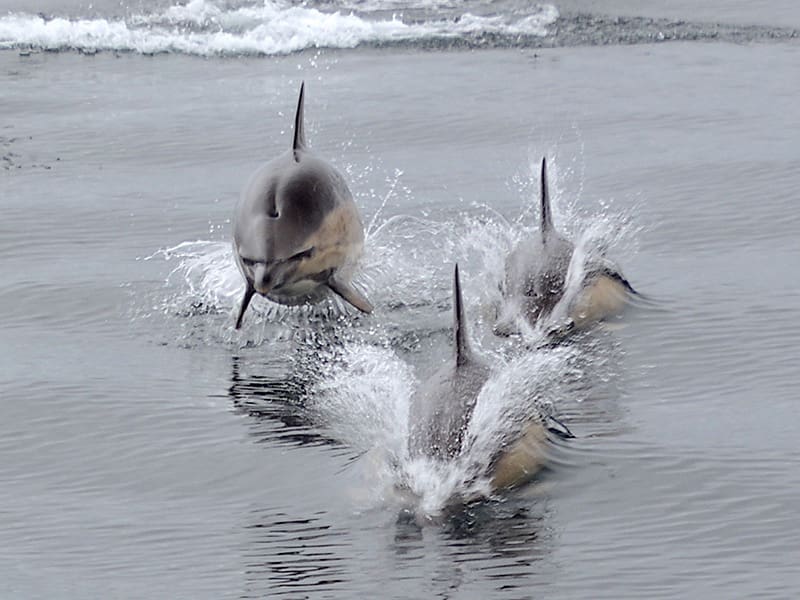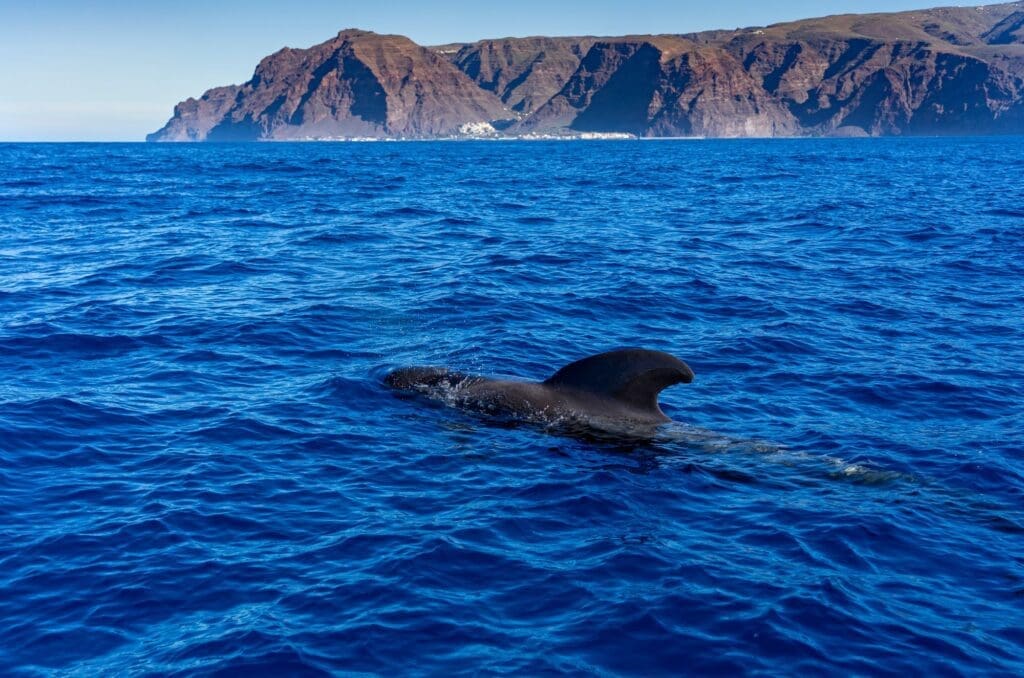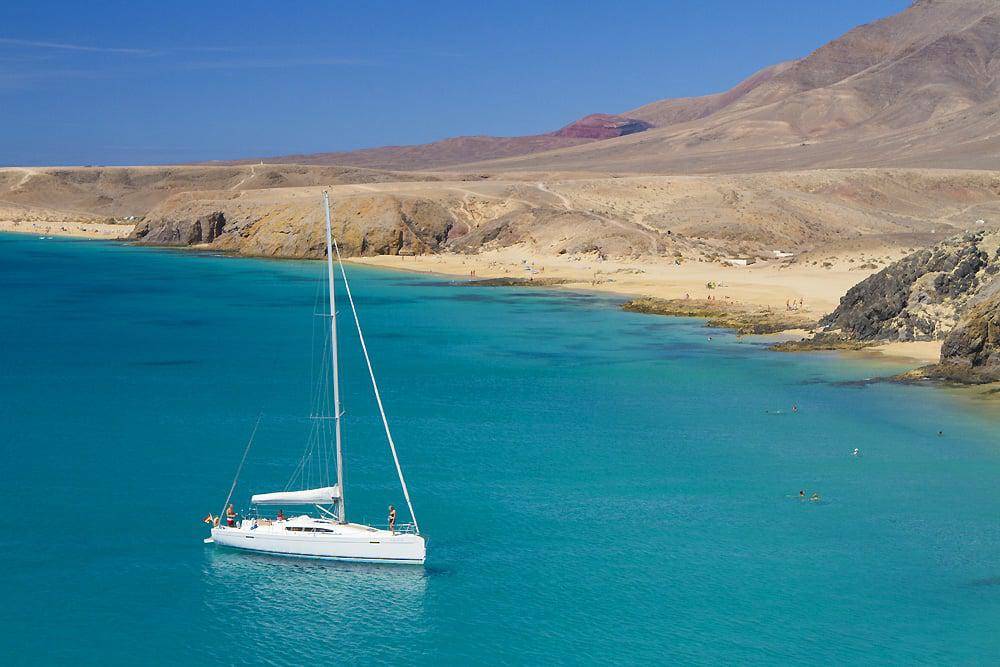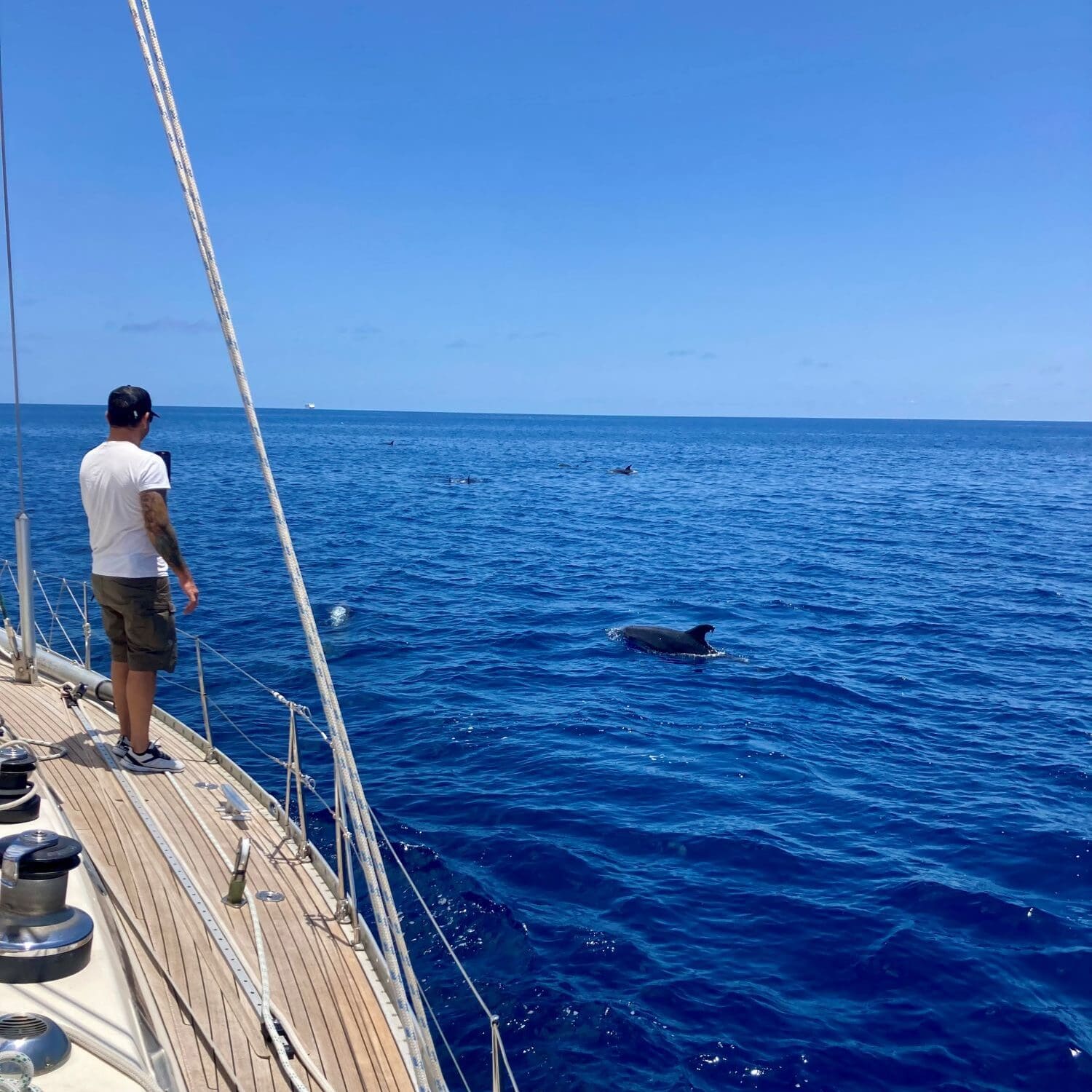The majestic whales are undoubtedly one of the most fascinating species of the ocean. And where better to watch them than on the Canary Islands? With their clear waters and rich marine ecosystem, the Canary Islands offer the perfect environment for whale watching. But which spots are the best? Here are our top 5!
Why the Canary Islands?
The Canary Islands are a popular destination for nature lovers and adventurers. The islands offer breathtaking landscapes, diverse flora and fauna and unique views of the Atlantic Ocean. They are also an ideal place for whale watching.
There are several species of whales to watch in the Canary Islands. These include dolphins, fin whales, pilot whales. Pilot whales and even the largest marine mammals, blue whales. The best places for whale watching are the islands of El Hierro, La Gomera, Tenerife and Lanzarote. Here you can watch whales not only while sailing, but also from the coast or take part in organised tours.
The best time for whale watching in the Canary Islands starts in June and is especially in September. During these months, the so-called “migration event” takes place, when many whales migrate to the waters around the islands.
The best places for whale watching in the Canary Islands are:
1. Los Lobos
If you sail from Marina Rubicon towards Los Lobos, you are almost guaranteed to encounter one of the many schools of dolphins that cavort in the waters around Lanzarote. A good indication are always flocks of birds circling above the water surface. There is usually fresh fish here, and where there is fresh fish, dolphins are not far away. Sometimes you are lucky enough to encounter larger marine mammals such as pilot whales or pilot whales.

2. Teno-Rasca
The Teno-Rasca area is the perfect habitat for cetaceans – 24 of the most famous species of whales and dolphins have been sighted here. Pilot whales and bottlenose dolphins live there in faithful groups all year round.
During their journey through the seas, many whale species stop over on Tenerife. They migrate from the northern, cold regions to settle in the warm, tropical areas to mate and raise their young. They use the calm Teno-Rasca area as a resting place, avoiding the high waves of the open seas.
In the spring and autumn months (March to May, September to November) you have the opportunity to see not only the large whales present, but also migratory whales such as Bryde’s whales, fin whales and very rarely even blue whales on a sustainable whale watching tour

3. Valle Gran Rey
On the coast off the enchanting valley of Valle Gran Rey, you regularly come across schools of dolphins and whales. The barely frequented waters around La Gomera are perfect for whale watching.

4. Puerto del Carmen
If you stay overnight in the harbour of Puerto Calero and sail a few miles off the coast of Lanzarote the next morning, the chances of being accompanied by a school of dolphins for several minutes are also high. Whale sightings are a little rarer, but by no means an exception.

5 Puerto Rico
For whale watching in Puerto Rico, Rincon on the west coast is a fantastic place. Whether you sail past Tres Palmas, Sandy Beach or Domes, the chances of encountering whale sightings are high. But other places like El Faro and Punta Higüero offer excellent views even from the shore.
In conclusion, we can say that the Canary Islands are a true paradise for whale watchers. In the waters off the islands, you can observe various species of whales, including even the rare blue whales. The best spots for whale watching are the islands of Lanzarote, Tenerife and La Gomera. These islands have several whale reserves where whales and dolphins can be observed in their natural environment. You can read our big Canary Island Sailing blog here.
For those who want to dive deeper into marine biology, we recommend an OceanLife sailing trip with our partner MCO Sailing.



